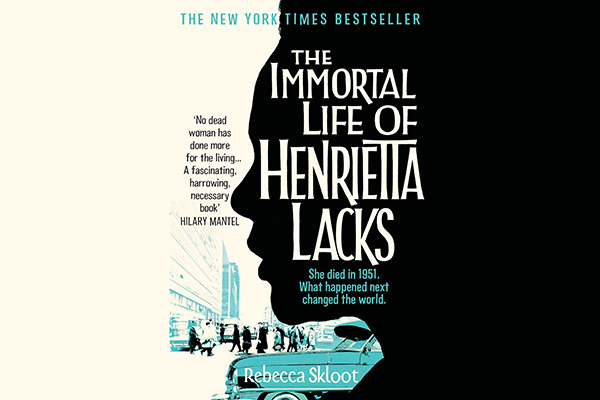The Immortal Life of Henrietta Lacks
By Rebecca Skloot
Henrietta Lacks gave the world these remarkable cells, and Skloot’s book documents the history of her gift to science, but it also details the effects that the use of the cells had on her family. Today her family is poverty-stricken. Many are uneducated and have genital defects due to family inbreeding. While their matriarch’s cells have become famous, their lives have become shadows in the face of medical progress. They did not know about the HeLa cells and were deeply disturbed to discover their use and, in their opinion, abuse. The interviews in the book have been left in the voice of the speaker, so dialect and personal language quirks give the reader a sense of speaking directly to Henrietta’s remaining family. Skloot wanted to capture the “real people” in Henrietta’s family. This is what cements the book as a jewel in the creative non-fiction crown.
The narrative style makes for an easy, yet informative, read. I would recommend this book to both arts and science students. With its anthropological focus on the Lacks family, the text crosses the bridge between the two disciplines with ease. While on one level it is a purely interesting read, this book also poses ethical questions that encourage the reader to see past the science and to consider the human side of our medical discoveries. Skloot asks readers to not only consider Henrietta’s past but all the other unsung contributors to medical knowledge, too. There is a great amount of creative non-fiction around today, and The Immortal Life of Henrietta Lacks is a great example of it; both as an engrossing read to curl up with, but also as an introduction to medical research. The book presents the scientific elements in a non-threatening, exciting way. It is sure to appeal to all readers of an enquiring mind.



